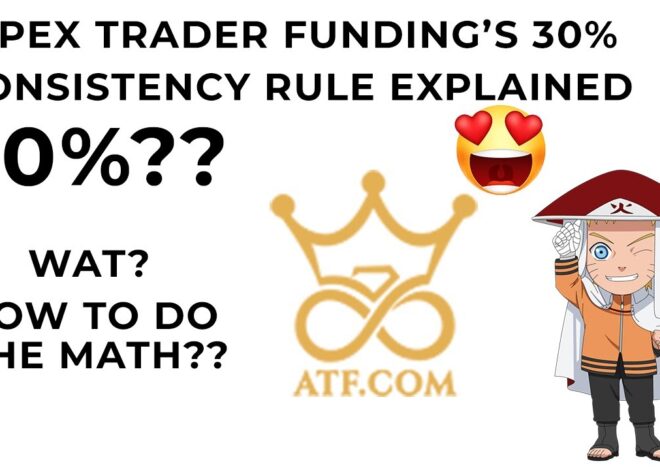
Forex Glossary
Navigating the world of forex trading requires familiarity with various terms and concepts. Below are explanations of some common terms used in forex trading:
Ask Price: Also known as the Offer Price, this is the price at which traders can buy currencies. The Ask Price is displayed on the right side of a currency quote. For example, in the quote EUR/USD 1.1965/68, one euro can be purchased for 1.1968 US dollars.
Bar Chart: A type of chart utilized in Technical Analysis. Each time interval on the chart is represented by a vertical bar. The top of the bar indicates the highest price, the bottom shows the lowest price, the left horizontal line represents the opening price, and the right horizontal line represents the closing price.
Base Currency: The first currency listed in a currency pair. It indicates the value of one unit of the base currency in terms of the quote (second) currency. For instance, in the USD/JPY 112.13 quote, the US dollar is the base currency, with 1 US dollar being equivalent to 112.13 Japanese yen.
Bid Price: The price at which traders can sell currencies. The Bid Price is displayed on the left side of a currency quote. Using the example EUR/USD 1.1965/68, one euro can be sold for 1.1965 US dollars.
Bid/Ask Spread: The difference between the bid price and the ask price in a currency quote. It represents the broker’s commission and may vary among brokers.
Broker: An intermediary facilitating transactions between buyers and sellers in the forex market. Brokers typically earn revenue through spreads between bid and ask prices.
Candlestick Chart: Another type of chart used in Technical Analysis. Each time interval is represented by a candlestick, indicating price movements. Red candlesticks signify a lower closing price than opening price, while green candlesticks indicate rising prices.
Cross Currency: A currency pair that does not involve US dollars, such as EUR/GBP.
Currency Pair: Two currencies involved in a forex transaction, for example, EUR/USD.
Economic Indicator: Statistical reports issued by governments or academic institutions indicating economic conditions within a country.
First In First Out (FIFO): Refers to the order in which open orders are closed. The earliest opened orders are the first to be liquidated.
Foreign Exchange (Forex, FX): The simultaneous buying of one currency and selling another.
Fundamental Analysis: Analysis of political and economic factors influencing currency prices.
Leverage or Margin: The ratio of transaction value to required deposit. It allows traders to control larger positions with a smaller amount of capital.
Limit Order: An order to buy or sell when the price reaches a specified level.
Lot: The size of a forex transaction. Standard lots represent approximately 100,000 US dollars.
Major Currency: Currencies including the euro, German mark, Swiss franc, British pound, and Japanese yen.
Minor Currency: Currencies such as the Canadian dollar, Australian dollar, and New Zealand dollar.
One Cancels the Other (OCO): Two orders placed simultaneously with instructions to cancel the second order upon execution of the first.
Open Position: An active trade that has not been closed.
Pips or Points: The smallest unit of currency movement.
Quote Currency: The second currency listed in a currency pair. In USD/EUR, the euro is the quote currency.
Rollover: Extending the settlement time of spot deals to the current delivery date, calculated using swap points based on interest rate differentials.
Technical Analysis: Analysis of historical market data to predict future price movements.
Tick: The smallest change in price.
Transaction Cost: The cost associated with executing a forex transaction, typically the spread between bid and ask prices.
Volatility: A statistical measure indicating the tendency of sharp price movements within a specified period.
Understanding these terms is essential for effective participation in the forex market. And you can watch this video from admiral market in youtube that explain FOREX termes.

